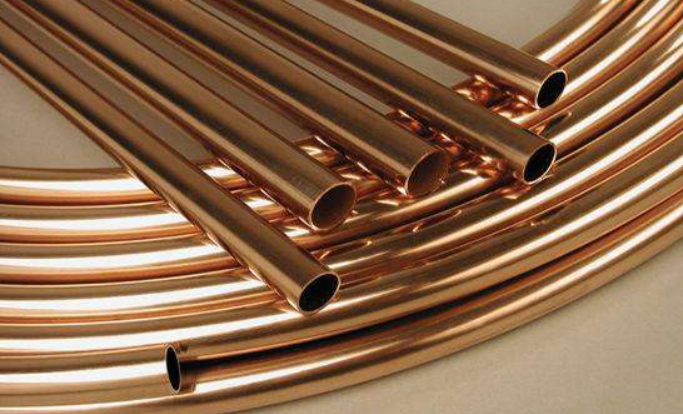The year 2022 will soon be more than half, and the prices of non-ferrous metals in the first half of the year are relatively differentiated in the first and second quarters. In the first quarter, in the first ten days of March, the high-level soaring market led by lunni drove LME tin, copper, aluminum and zinc to a record high; In the second quarter, concentrated in the second half of June, tin, aluminum, nickel and copper quickly opened the decline trend, and the non-ferrous sector fell across the board.
At present, the three varieties with the largest retreat from the record position are nickel (-56.36%), tin (-49.54%) and aluminum (-29.6%); Copper (-23%) is the fastest release on the panel. In terms of average price performance, zinc was relatively resistant to decline and lagged behind in the second quarter (the quarterly average price still increased by 5% month on month). Looking forward to the second half of the year, the adjustment of the Federal Reserve’s monetary policy and the recovery of the domestic economy after the epidemic are two key macro guidelines. After the sharp decline in the middle of the year, non-ferrous metals began to approach the long-term technical support. The bull market trend since the pandemic will replace the high-level and wide-ranging market shock. Under the low inventory, the price elasticity of non-ferrous metals with copper as the core may be very large, falling fast and rising fast, repeatedly, and the form may be similar to the sawtooth shock in the second half of 2006. For example, copper may fluctuate around the $1000 range in a short time.
In the macro atmosphere, the market is easy to repeat: first, the market is open and unfettered to the Fed’s interest rate hike attitude. Although the Joint Reserve hawks are anti inflation at present, if the actual growth environment is damaged or the mainstream capital market is adversely impacted, the tightening rhythm of the Fed can be adjusted at any time. At present, the market deals with the maximum value of tightening, which is similar to the “stress test”; If the interest rate increase measures are quickly put in place and the expectation of interest rate cut next year continues to ferment, the market sentiment may be quickly reversed; Second, under the background of normalization of the conflict between Russia and Ukraine, it is difficult for the market to change its attitude towards long-term inflation, and it is difficult to maintain the supply of natural gas in Europe, especially in autumn and winter this year; Third, the economic rhythm. It should be difficult to see the main economic indicators of the United States enter recession in the second half of the year. After the domestic economy bottomed out in the second quarter, the post epidemic recovery in the second half of the year will be the strongest demand environment in the year. We believe that the market trading sentiment will fluctuate rapidly in the second half of the year. Although the short-term decline is large, it has not entered a bear market.
In terms of supply and demand, the consistent feature of base metals is low inventory, which can also provide sufficient volatility. In the context of domestic demand warming up, the supply constraints in the second half of the year determine the relative strength of non-ferrous metal varieties. We believe that in terms of new projects and operating capacity, the supply environment for nickel and aluminum is relatively loose, and nickel is mainly the gradual realization of various projects in Indonesia; Aluminum mainly supports higher domestic operating capacity through dual control of energy consumption and cooling and stable supply and price. The supply environment of copper and tin is similar, and there is a big long-term supply problem, but there is an obvious supply increase this year. Lead is supply and price elasticity; However, zinc is relatively tight in the balance of domestic supply and demand in the second half of the year. We believe that in the nonferrous metals sector, copper mainly reflects market sentiment and wide-ranging shocks. The current task is to quickly find the lower limit support. Considering the fundamentals, aluminum nickel is weak and zinc is strong; Considering the attractiveness of the subject matter, the decline of tin is large, and the upstream mining and smelting industry is very sensitive to the price. We are more interested in zinc and tin.
On the whole, we believe that nickel is obviously weak and zinc may be strong; Tin may be the first to touch the bottom, and copper and aluminum are mainly neutral vibration after finding the lower limit support; Strong fluctuations with copper as the core will be the main trading feature of non-ferrous metals in the second half of the year.
Post time: Jun-29-2022
